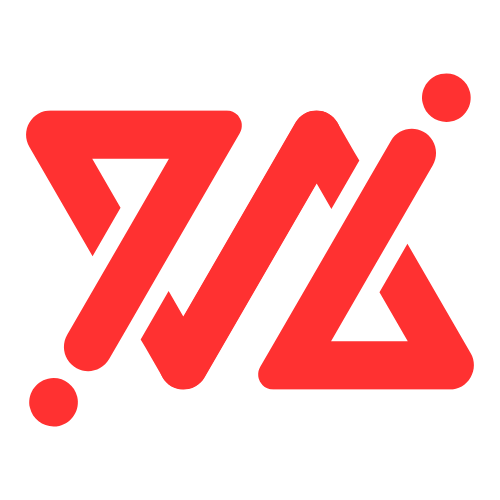| |
Microsoft Office is a strong platform for work, learning, and innovation.
Among office suites, Microsoft Office is one of the most favored and reliable options, including all the key features needed for efficient work with documents, spreadsheets, presentations, and various other tools. Fits well for both industry professionals and casual use – whether you’re at home, school, or your workplace.
What components make up Microsoft Office?
Microsoft OneNote
Microsoft OneNote is a digital tool for note-taking, created to facilitate quick and easy gathering, storing, and organizing of ideas and thoughts. It harmonizes the simplicity of a notebook with the sophistication of modern software: you can add text, embed images, audio, links, and tables in this area. OneNote is adapted for personal use, studying, professional tasks, and group collaborations. Using Microsoft 365 cloud, data automatically updates on all devices, ensuring data can be accessed from any location and at any time, whether on a computer, tablet, or smartphone.
Microsoft Teams
Microsoft Teams serves as a multifunctional tool for messaging, teamwork, and video meetings, engineered as a scalable solution for teams of any size. She has emerged as a pivotal component of the Microsoft 365 ecosystem, integrating messaging, voice/video calls, meetings, file exchanges, and other service integrations in one platform. Teams seeks to provide a comprehensive digital center for users, where you can chat, coordinate tasks, hold meetings, and collaboratively edit documents—all within the app.
Microsoft Visio
Microsoft Visio is a software platform for designing diagrams, flowcharts, and other visual models, that is utilized to illustrate detailed data in an understandable and organized fashion. It is highly useful for portraying processes, systems, and organizational frameworks, visual representations of technical drawings or IT infrastructure architecture. The application offers a vast array of ready-made components and templates, easy to place on the workspace and connect with other elements, establishing logical and accessible diagrams.
- Office without telemetry, tracking, or data collection
- Office with classic interface (no ribbons)
- Office without Microsoft Store integration
